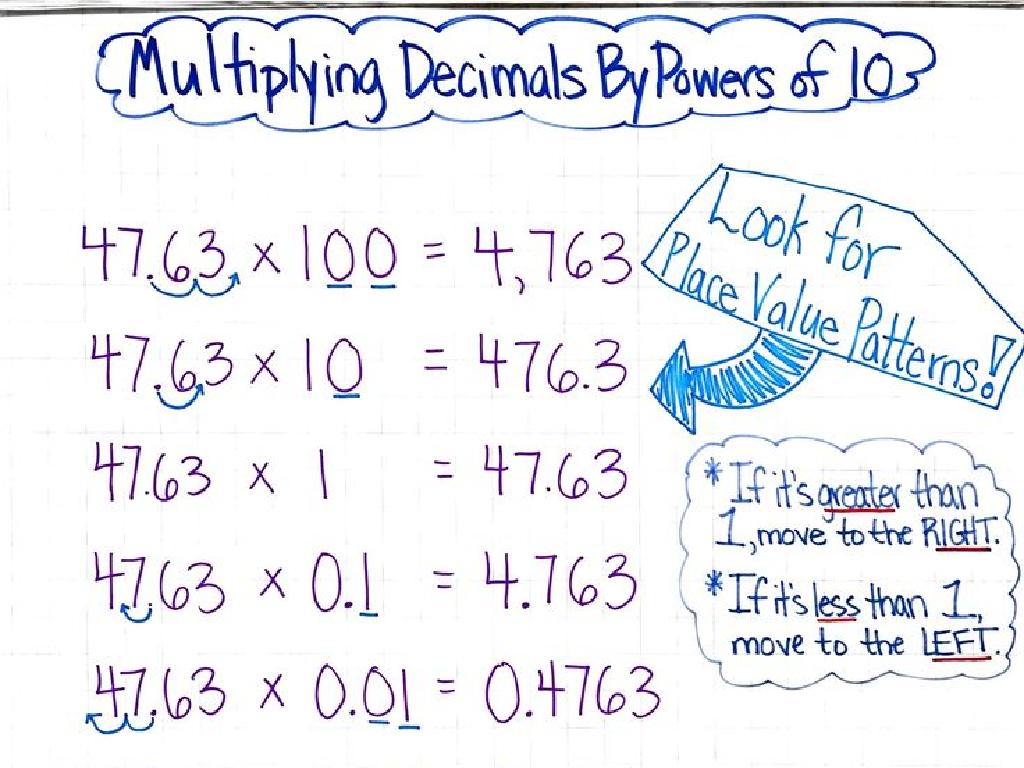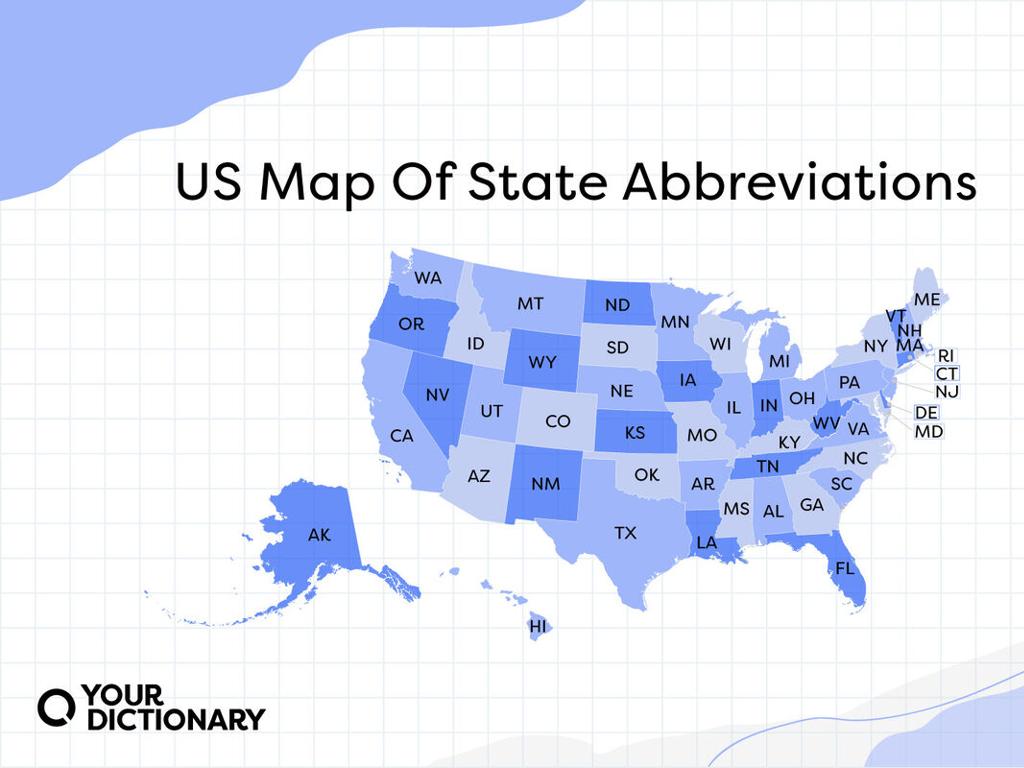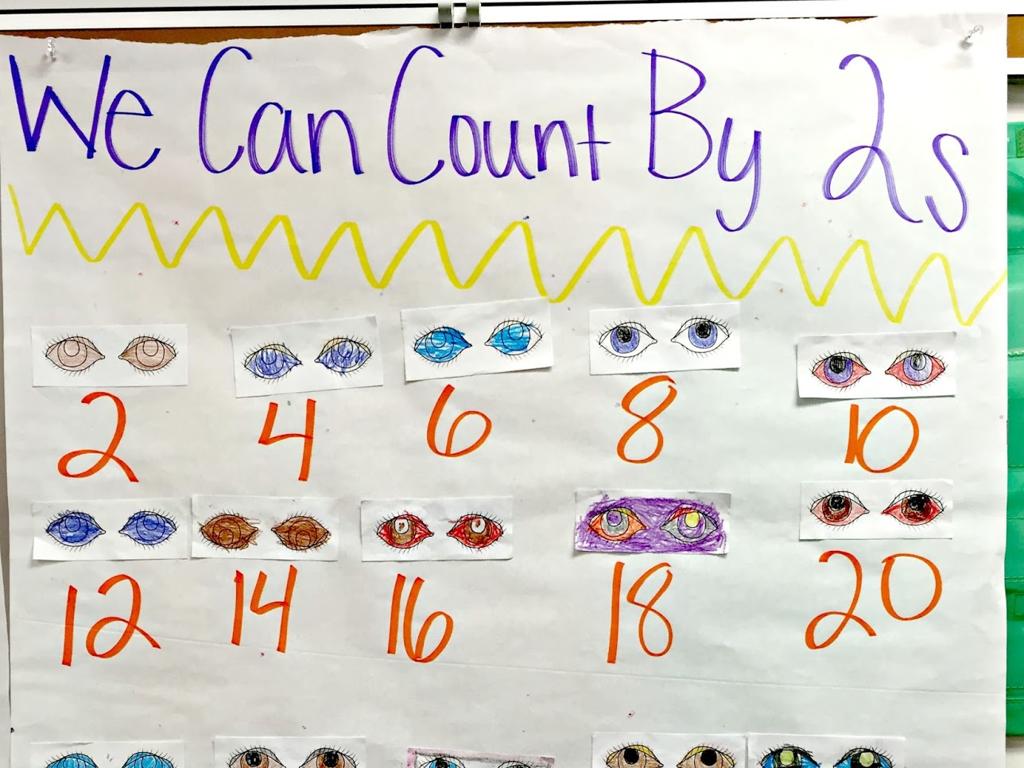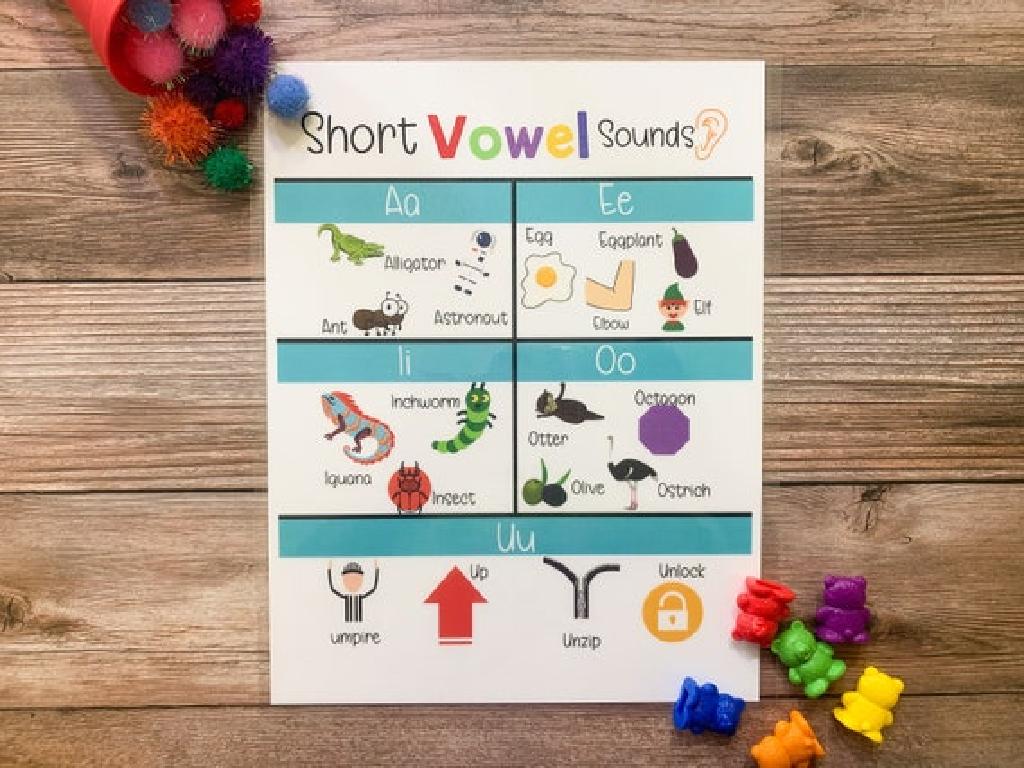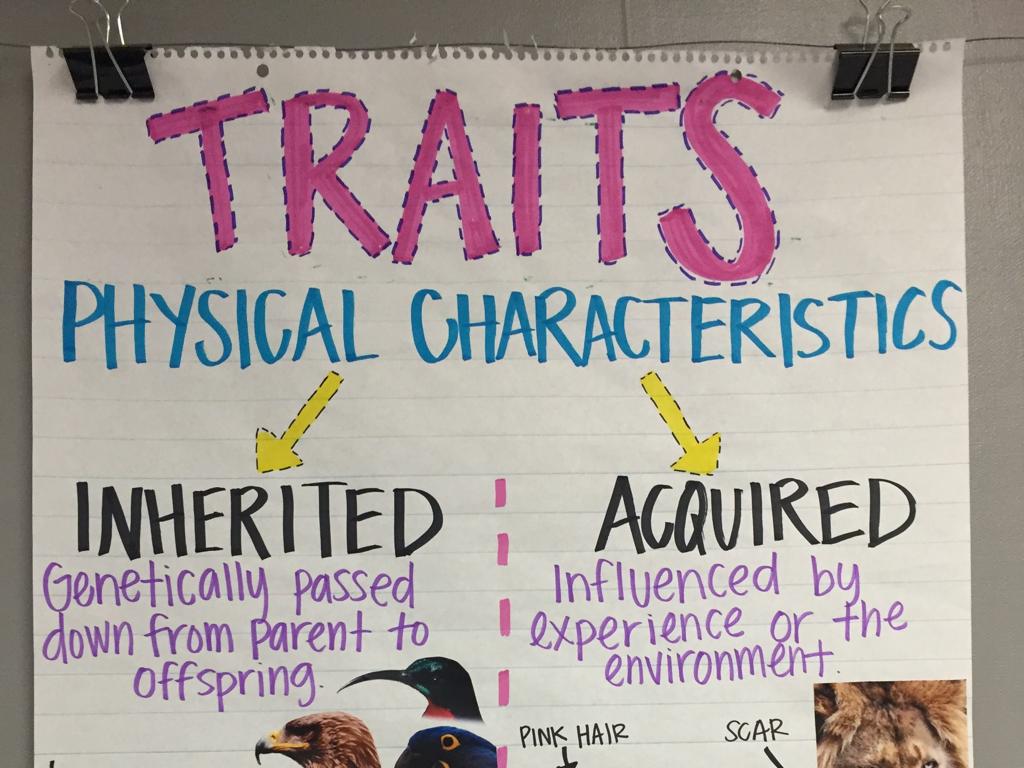Identify The Purpose Of A Text
Subject: Language arts
Grade: Second grade
Topic: Topic And Purpose
Please LOG IN to download the presentation. Access is available to registered users only.
View More Content
Understanding the Purpose of a Text
– What is a text?
– A text is anything we read or write!
– Texts have different purposes
– Some texts tell stories, some give information.
– Why we read various texts
– We read to learn, to enjoy, and to understand.
– Discovering text purposes
– We’ll learn clues to find out why a text was written.
|
This slide introduces the concept of text and its purpose to second graders. Begin by explaining that a text can be a book, a sign, a letter anything with words. Highlight that not all texts are for the same reason; some are to tell stories (literature), some to inform (non-fiction), some to persuade, and others to instruct (how-to guides). Discuss the reasons we read: for enjoyment, to gain knowledge, or to understand instructions. Engage the class with examples of different texts and ask them to guess the purpose. This will set the foundation for the next lessons where they will explore various texts and practice identifying the author’s purpose with guidance.
Exploring Texts and Their Purposes
– What are texts?
– Texts are ways we share ideas and information.
– Texts we see every day
– Books, signs, and ads are all types of texts.
– Different forms of text
– Texts can be read, heard, or seen.
– Why texts are important
– Texts help us learn and understand the world.
|
This slide introduces the concept of texts to second-grade students, emphasizing that texts are not just limited to books but are present in various forms in our daily lives. It’s important to show that texts can be written, like in books or signs; spoken, like in conversations or announcements; or visual, like in videos or picture stories. The purpose of a text is to convey information, tell a story, or persuade the reader or viewer. Encourage students to think about the different texts they encounter every day and discuss what information or message those texts might be trying to share. This will set the foundation for understanding the purpose behind different texts.
Understanding Text Purposes
– Texts have different purposes
– To Inform: Sharing facts
– Like a science book teaching us about planets
– To Persuade: Convincing us
– Like a poster asking us to save water
– To Entertain: Making us enjoy
– Like a storybook with fun characters and adventures
|
This slide introduces the concept that texts are written with different purposes in mind. The purpose of a text can be to inform the reader about a particular topic, to persuade the reader to take a certain action or adopt a viewpoint, or to entertain the reader with stories or poetry. Provide examples for each purpose to help students understand. For ‘To Inform,’ use an example like a textbook or an educational article. For ‘To Persuade,’ discuss advertisements or opinion pieces. For ‘To Entertain,’ mention storybooks or comics. Encourage students to think of their own examples and discuss how the purpose of a text changes the way it is written and the way we should read it.
Discovering the Purpose of a Text
– Look for clues in the text
– Words used, pictures included
– Understand the author’s purpose
– Authors write to inform, entertain, or persuade
– Become a purpose detective
– Use clues to solve the purpose mystery
– How text and pictures make us feel
– Emotions can guide us to the purpose
|
This slide is aimed at teaching second graders how to identify the purpose of a text. Start by explaining that authors write with specific reasons in mind, such as to share information, to tell a story for enjoyment, or to convince the reader of something. Encourage the students to become ‘purpose detectives’ by looking for clues in the words used and the pictures provided. Discuss how different texts make them feel; a funny story might entertain, while a factual book about space might inform. Use interactive reading of a sample text to practice finding these clues and determining the author’s purpose together.
Understanding Text Purposes
– Texts can inform, persuade, or entertain
– Let’s examine some examples
– We’ll read passages and identify clues
– Determine the purpose of each text
– Is the author giving facts, arguing a point, or telling a story?
– Discuss our reasoning together
– Share thoughts on why we think so
|
This slide is aimed at helping second-grade students understand the different purposes of texts. Begin by explaining that authors write texts with different goals: to inform (provide information), to persuade (convince the reader of something), or to entertain (tell a story or amuse). Use age-appropriate examples like a science article (inform), an advertisement (persuade), or a fairy tale (entertain). Encourage students to look for specific words or phrases that signal the author’s intent. After presenting each example, engage the class in a discussion to hear their thoughts and guide them towards understanding the purpose of each text. This interactive approach will help solidify their comprehension of the concept.
Your Turn!: Purpose Scavenger Hunt
– Find texts around our classroom
– Determine each text’s purpose
– Is it to inform, persuade, entertain, or explain?
– Share your findings with the class
– Understand text purposes together
– We’ll discuss how each text’s purpose helps us learn
|
This activity is designed to engage students in understanding the purpose of different texts by exploring their immediate environment. Encourage the students to look for various texts such as posters, books, instructions, and labels in the classroom. Once they find a text, they should think about why it was written. Is the text trying to give them information, persuade them, entertain, or explain how to do something? After they decide on the purpose, they will share their thoughts with the class. This will help them to not only recognize different types of texts but also understand the intent behind them. As a teacher, facilitate the discussion by asking guiding questions and providing feedback. Possible activities could include finding a storybook (to entertain), a classroom rule chart (to inform), an advertisement for a school event (to persuade), or a recipe (to explain).
Class Activity: Crafting Text with Purpose
– Choose a purpose for your text
– Draw a picture to illustrate
– Your drawing should show what you want to tell, convince, or amuse your friends about.
– Write a sentence that fits your purpose
– Make sure your sentence explains your picture and sticks to your chosen purpose.
– Share your creation with the class
|
This activity is designed to help students understand the different purposes of texts. They can choose to inform by providing a fact, persuade by convincing someone to believe something, or entertain by making their classmates smile or laugh. Provide examples for each purpose to guide them. For instance, an informative text could be about the weather, a persuasive text could encourage friends to play a game, and an entertaining text could be a funny joke. After they draw and write, create a gallery walk where students can see each other’s work and discuss the different purposes. This will help them recognize the purpose in texts they read and create their own more effectively.
Sharing Our Creations
– Present your text to the class
– Explain your text’s purpose
– Did you inform, persuade, or entertain?
– Discuss our purpose learning
– Share how identifying purpose helps understanding
– Reflect on today’s lessons
|
This slide is for a class activity where students will share the texts they have created with their classmates. Each student will take turns presenting their text to the class, explaining the purpose behind it whether it was to inform, persuade, or entertain and discussing what they have learned about the purpose of texts during today’s lesson. The teacher should facilitate the discussion, helping students to articulate their understanding and reflect on how identifying the purpose of a text can aid comprehension. The teacher can prepare a few examples to model how to explain the purpose of a text. Additionally, the teacher should encourage active listening among students as their peers present, fostering a supportive learning environment.
Becoming Text Detectives: Conclusion
– Congratulations, text detectives!
– Mastery in identifying text purposes
– We’ve learned how to find out why an author wrote a text
– Texts have reasons behind them
– Whether to inform, entertain, persuade, or explain, every text has a purpose
– Keep practicing your detective skills!
– Use your skills to explore more texts and their reasons
|
This slide wraps up the lesson on identifying the purpose of a text. Congratulate the students on becoming ‘text detectives’ who can now uncover the reasons behind why an author writes a text. Reinforce the idea that every text has a purpose, whether it’s to inform, entertain, persuade, or explain something. Encourage the students to keep practicing by reading various texts and identifying their purposes. As a follow-up activity, you could have students bring in their favorite book or article and discuss the author’s purpose in a future class. This will help solidify their understanding and give them practical experience in literary analysis.

